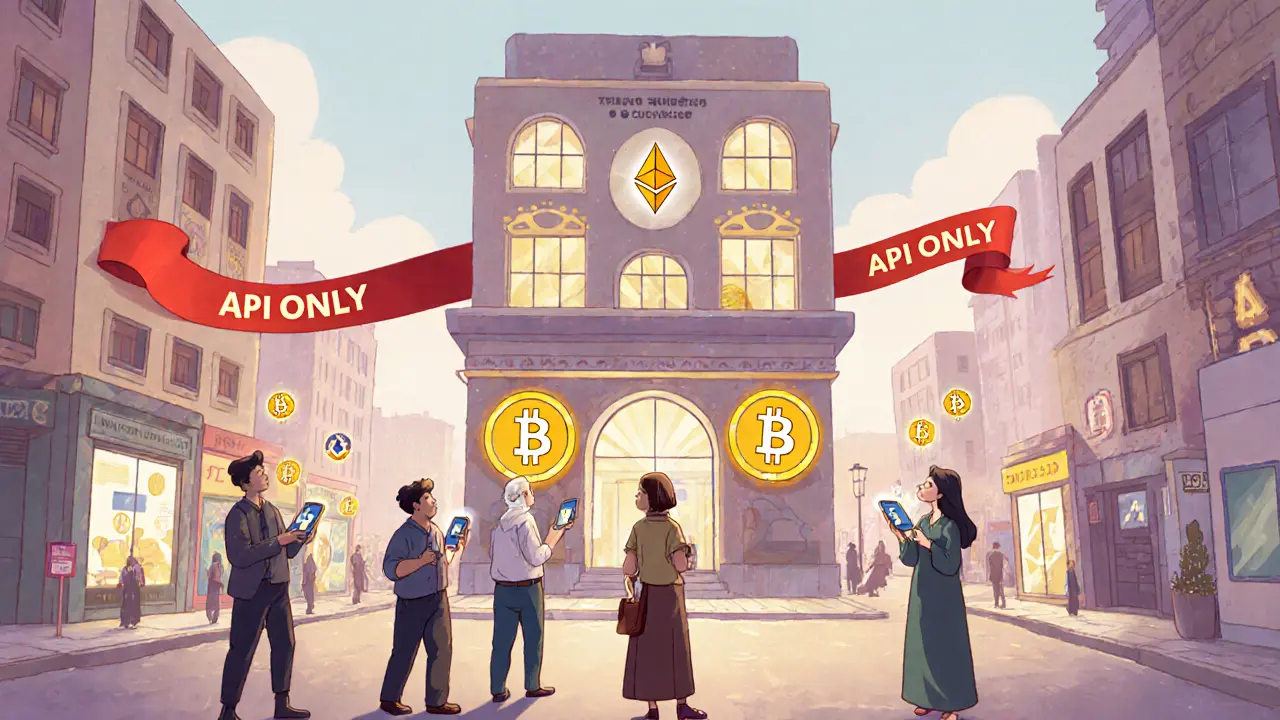
Ever wondered which crypto platforms you can’t use if you’re in Iran? In 2025 the landscape is a tangle of government‑run blocks, US sanctions, and exchange‑specific freezes. Below you’ll find a clear rundown of the bans, why they exist, and how traders are coping.
Why Iran’s crypto scene looks so complicated
Iran moved from a loosely‑controlled market in 2020‑2021 to a tightly‑watched ecosystem by the end of 2024. The Central Bank of Iran the country’s monetary authority that enforces crypto‑to‑fiat restrictions through a mandatory API system now requires every domestic exchange to feed user data into its gateway. If an exchange refuses, its Iranian users are instantly cut off.
At the same time, the United States has tightened OFAC (Office of Foreign Assets Control) rules. The US Treasury OFAC the sanctions‑enforcement arm of the U.S. Treasury that designates individuals, entities, and crypto addresses as blocked now forces many offshore platforms to block Iranian wallets outright, or risk losing banking relationships.
Domestic API‑only rule and its ripple effect
On 27 December 2024 the Central Bank announced a blanket ban on crypto‑to‑rial payments via any website. By January 2025 a “selective un‑blocking” began, but only for exchanges that signed up to the government’s API. This means that even if a foreign platform is technically reachable, it can’t serve Iranians unless it hands over full transaction logs.
Consequences are clear:
- Local exchanges that refuse the API lose all domestic traffic.
- International platforms that comply become de‑facto extensions of the Iranian banking system.
- Users seeking privacy are forced onto peer‑to‑peer (P2P) networks or use VPN‑routed services that dodge the API requirement.
International bans that hit Iranian users
The biggest shock came on 2 July 2025 when Tether the issuer of the USDT stablecoin that froze dozens of Iranian‑linked wallets froze 42 addresses linked to the IRGC and to the domestic exchange Nobitex Iran’s largest crypto exchange, often cited for its ties to state‑linked actors. The freeze wiped out millions of dollars in USDT holdings for ordinary traders.
Earlier, Bittrex a US‑based exchange that shut down after being hit with sanctions for serving Iranian accounts froze all Iranian‑owned accounts. A lawsuit by an Iranian investor that sought $88 million in damages was dismissed, but the case underscored how quickly a platform can lose access to Iranian users.
Both incidents are not isolated. Tether’s internal compliance team disclosed that thousands of Iranian accounts have been blocked throughout 2025, and the IRGC‑affiliated media outlet Tasnim News warned that more freezes could follow.
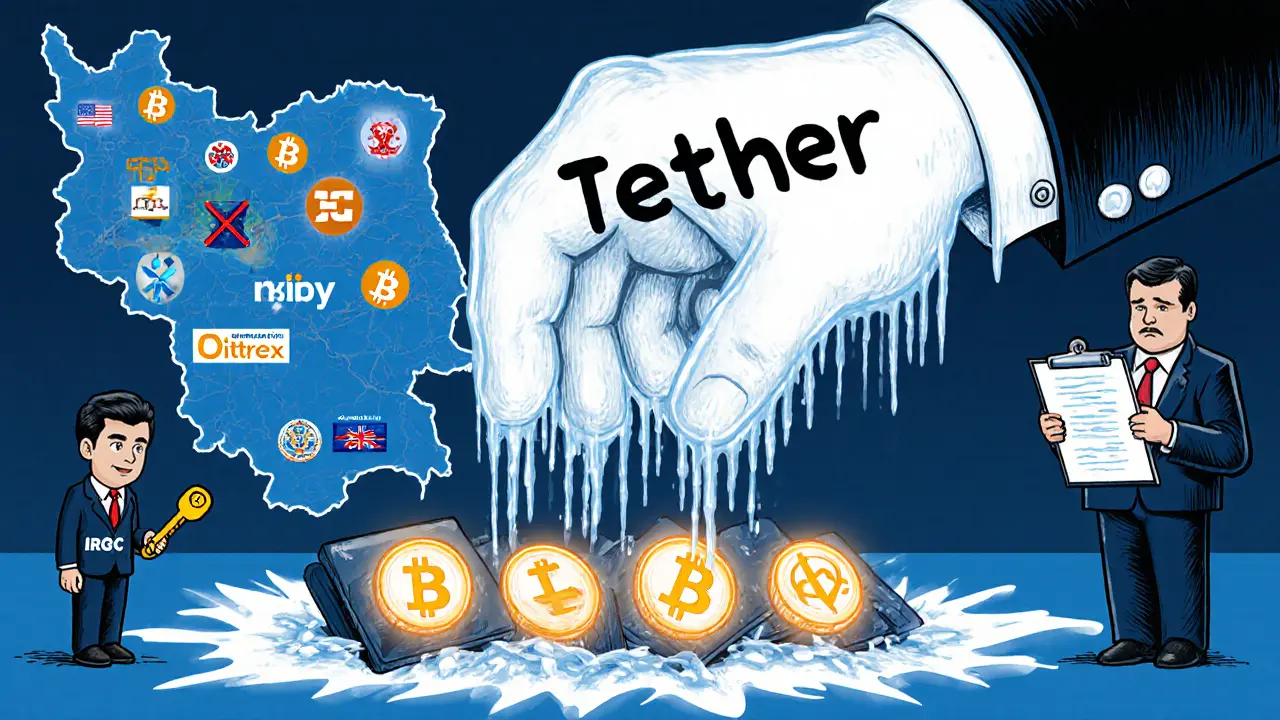
Specific exchanges that are effectively banned
Below is a snapshot of the most relevant platforms as of October 2025.
| Exchange | Ban Reason | Current Access for Iranians | Notes |
|---|---|---|---|
| Nobitex | Domestic API refusal & IRGC links | No (requires API compliance) | Largest local exchange; many users migrated to P2P. |
| Tether (USDT) | OFAC‑mandated address freeze | No (USDT wallets frozen) | Users encouraged to switch to DAI on Polygon. |
| Bittrex | US sanctions on Iran‑related accounts | No (account freeze) | Legal battle settled in favor of exchange. |
| Binance | Voluntary compliance with OFAC | Limited (KYC blocked for Iranians) | Iranians can use Binance P2P for fiat‑free trades. |
| Coinbase | US sanctions policy | No | Only supports US citizens; Iranians barred from sign‑up. |
| Kraken | Compliance with US sanctions | No | Account creation denied for Iranian IPs. |
| Huobi | Sanctions‑risk management | Partial | Offers limited services via offshore subsidiaries. |
Stablecoin caps that choke market activity
In September 2025 the Central Bank announced hard caps on stablecoin purchases: $5,000 per year per person and a $10,000 maximum holding limit. The rule targets USDT, USDC, and other major tokens, aiming to curb capital flight. For an average trader, that means only a handful of transactions per year before hitting the ceiling.
The cap pushed many users to look for alternatives such as DAI, which is not a US‑issued stablecoin and therefore skirts the specific wording of the regulation. However, DAI runs on the Polygon network, and Iranian users now need a VPN and a wallet that supports Polygon to stay in the game.
Workarounds - how traders keep moving money
Even with bans, people find ways to stay active. The most common routes are:
- VPN‑based P2P platforms: Services like LocalBitcoins or Paxful let Iranians match with foreign sellers without a central exchange.
- Switching stablecoins: Moving USDT holdings into DAI on Polygon, then using a bridge to Ethereum or Binance Smart Chain.
- Relocating to Turkey: Turkey’s crypto‑friendly banks and residency options make it a preferred hub. Many Iranians open Turkish accounts, convert crypto to Turkish lira, and then send money back home via informal channels.
- Using offshore wallets: Hardware wallets loaded with non‑US stablecoins provide a “cold storage” option that is out of reach of most sanctions lists.
Each method carries risk-VPNs can be blocked, bridges can be vulnerable to hacks, and Turkish intermediaries are now under increased scrutiny from Western regulators.
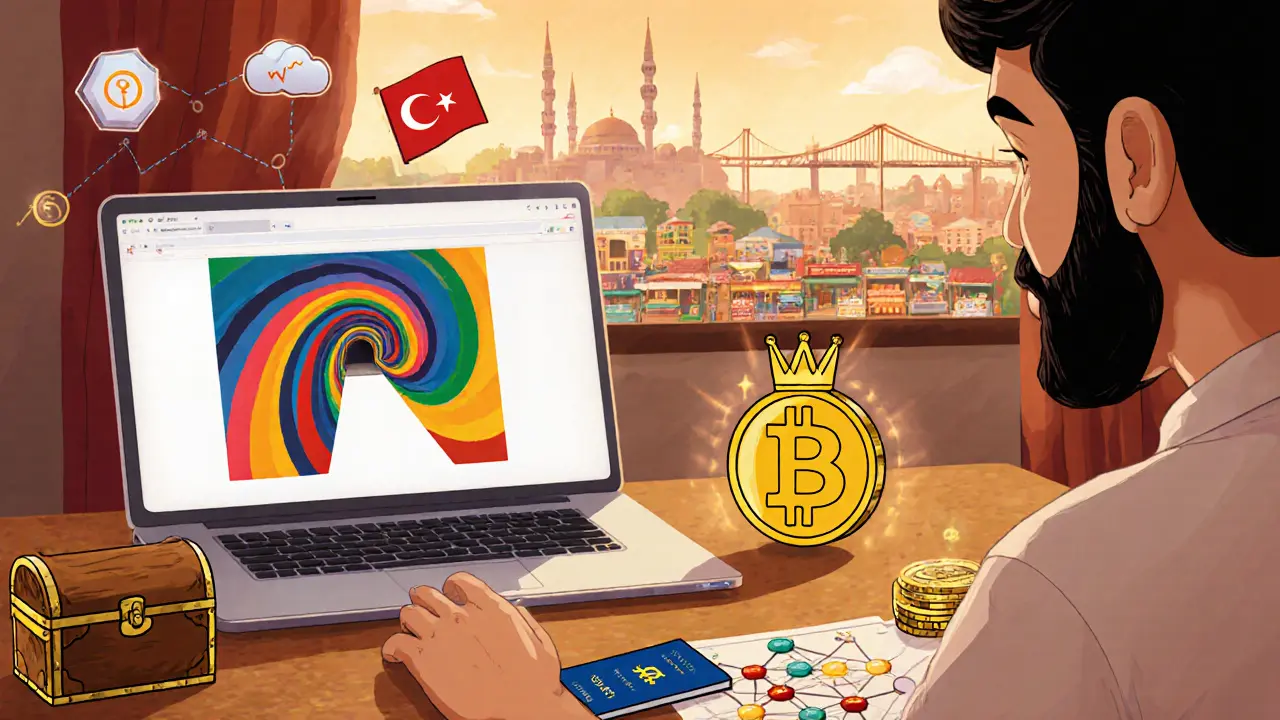
What to watch in the coming months
Regulatory shifts happen fast. Keep an eye on these signals:
- Any new OFAC designations that mention crypto addresses.
- Announcements from the Central Bank about API changes or new stablecoin categories.
- Legal cases involving Iranian investors and foreign exchanges-settlements often set precedents.
- Geopolitical news affecting Iran‑Turkey relations; a tightening border can push traders toward other jurisdictions.
Quick checklist for Iranian crypto users
- Verify whether your exchange complies with the Central Bank API.
If not, prepare to migrate. - Check your USDT balance-if it’s frozen, move to DAI on Polygon immediately.
- Maintain a VPN subscription with multiple server locations.
- Keep a hardware wallet with non‑US stablecoins for emergency storage.
- Stay updated on OFAC sanction lists; remove any newly flagged addresses.
Wrap‑up
There isn’t a neat list of “banned exchanges” in Iran; the reality is a blend of domestic API mandates and international sanctions that together shut the door on many platforms. crypto exchanges banned Iran captures the overall effect, but the key to staying in the market is flexibility: use compliant exchanges, shift to non‑US stablecoins, and keep a safety net of VPNs and hardware wallets.
Which Iranian exchange is still fully operational?
Only exchanges that have signed the Central Bank’s API-primarily domestically‑run platforms that share full user data-remain fully functional. Nobitex, the largest local exchange, is partially operational but requires API compliance for every transaction.
Can I still use Binance if I’m in Iran?
Binance blocks KYC for Iranian IPs, but its P2P marketplace still lets users trade crypto‑to‑crypto without a traditional account. A VPN is usually required to access the P2P interface.
What stablecoin should I switch to after the USDT freeze?
DAI on the Polygon network is the most popular alternative because it’s not a US‑issued token and its transaction fees are low. Make sure your wallet supports Polygon before moving funds.
Is Turkey a safe haven for Iranian crypto traders?
Turkey offers a relatively open crypto market and residency options, but it’s attracting more regulatory scrutiny. Use reputable Turkish exchanges and keep an eye on any new sanctions that could affect cross‑border transfers.
How do I know if an address is on the OFAC list?
The US Treasury publishes a regularly‑updated list of sanctioned crypto addresses. Many wallet apps now flag these addresses automatically. You can also check the official OFAC website for the latest CSV file.
13 Comments
Write a comment
More Articles

SnowCrash NORA Token Autumn Airdrop Details - How to Claim
Learn how to claim the SnowCrash NORA token Autumn Special Event airdrop, eligibility rules, timeline, and risks in this detailed guide.
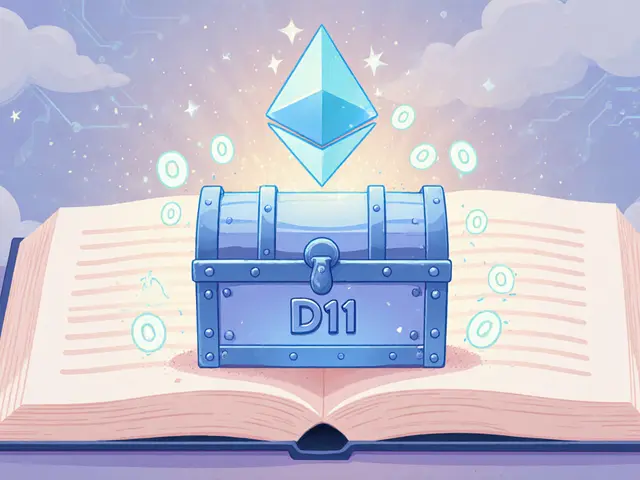
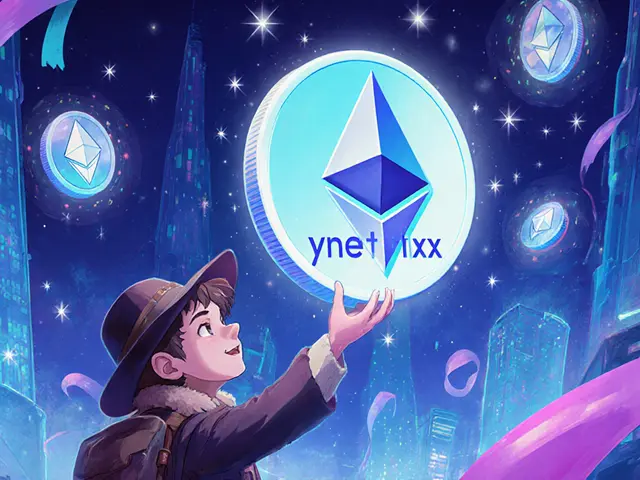
Nisha Sharmal
October 26, 2025 AT 07:33Oh, look, another guide trying to tell Iranians how to dodge their own government’s rules. Like we needed a Reddit post to figure out that the Central Bank’s API is basically a digital leash. Newsflash: the whole system is designed to spy on you, so you’re already playing with the deck stacked against you. And of course, the US sanctions are just a convenient excuse for Western exchanges to say “no thanks” while pretending they’re protecting national security. Enjoy the drama, folks.